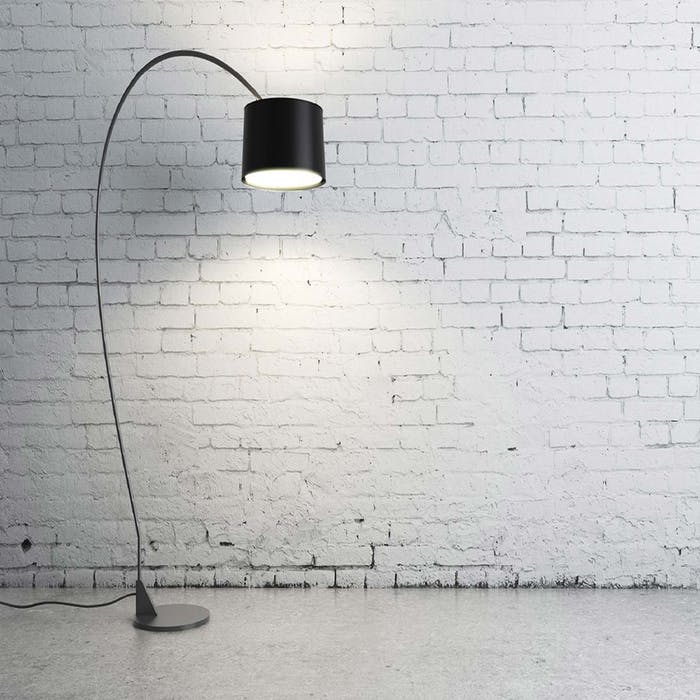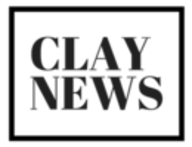
07 Nov Types of Busy Lights and How They Will Transform Your Workspace
Wondering why your workforce is becoming less and less productive? Is your team always getting interrupted when working on an important task? In the modern workplace, we need guidelines to ensure team members can maximise benefits of clear communication, which will help build stronger teams and improve the quality of work, whilst creating a happier work environment. The best busy light is designed to let your colleagues know when you’re on a call, cramming for a deadline, do not want to be disturbed or available to chat. In addition, they can be easily connected to your system by USB. Thus by clearly displaying your presence, awkward and unnecessary interruptions during phone calls, especially when your team are using headsets, can be avoided, and you will have an immediate visual cue of your team’s current status without having to navigate the office to check up on them.
A busy light should be compatible and able to sync with your status on Skype, Skype for Business, Cisco Jabber, Cisco Finesse, Lync, Zoom, Genesys, RingCentral, Circuit by unify, CounterPath or be controlled manually. Moreover it must be able to be supported by both Windows and Mac to tailor to your workforces’ technical needs.
The presence signal should automatically change colour according to your status on whatever software you are using. Different colours indicate the status of your colleagues, generally green means you are available, yellow means available if needed and red means unavailable. You should be able to perform colour selection to create custom alerts for different forms of presences. An effective busy light should flash on incoming calls, instant messages and allow for brightness control. Moreover, if it is wireless, you will be able to declutter your workspace and benefits have been shown through research that tidy workspaces boost productivity.

Furthermore, there are options out in the market with busy lights that include a ringer that can be configured for audio alerts on incoming calls and messages, with the ability to select between ringtones and adjust volume. There are also mini versions that can be used in a non-cubicle and open office working environment that can be attached to your laptop, monitor or desk.
If you want to embed the system even more seamlessly into your workspace, you can add the presence signal to your electrical power unit on your desk. It should have the same functionality of a regular busy light, but now combined with your power point where it can draw electricity from.
Did you know signal units can be combined with other features? In the market, there are audio and microphone headsets that automatically sync with your status and have an indicator to alert others of your availabilities. If you are looking into headsets with status signals, choose one that has a noise cancelling microphone for good quality audio and a wide-band speaker with stereo sound. In addition, there are dynamic name plate displays with an in-built presence signal. When you or a colleague sits at a desk, the name plate will change accordingly to your username of whatever software you are using. These are great for agile and transient teams in fostering a familiar team environment. If you leaning toward this option choose a dynamic name plate of the appropriate size and interface space for you workspace.
Remember to check the specs of the signal unit you are looking to purchase. It is important to note the dimensions, operating distance, power, supported OS and software. We hope this was insightful in informing your decision about what busy light would be most suitable for you and your team. Subsequently, this will help reduce interruptions, enhance workplace productivity and improve office collaboration.


